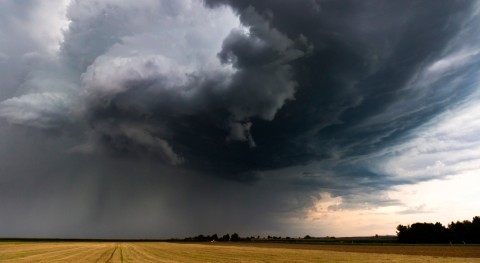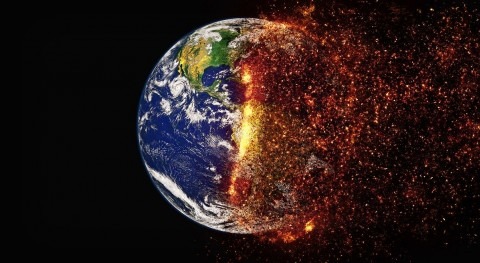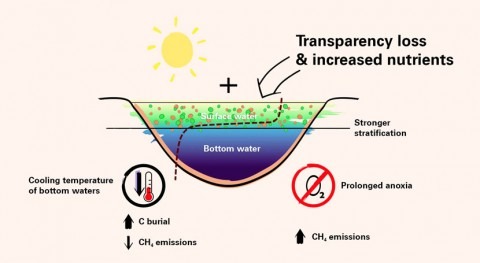What is the greenhouse effect?
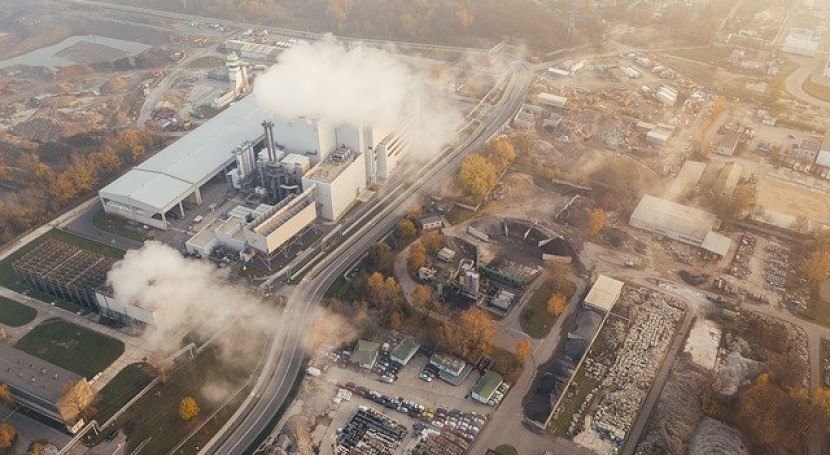
Without this natural phenomenon, the average temperature of the Earth's surface would be 18 degrees Celsius below zero, and life on the planet would not be possible.
1 . The greenhouse effect
The greenhouse effect is defined as a natural phenomenon where certain gases that make up the atmosphere retain part of the solar radiation reflected off the surface, absorbing it and transforming it through an internal molecular movement that leads to an increase in temperature.
Human activity has increased the emissions of greenhouse gases (GHG) such as carbon dioxide (CO2), enhancing the effect.
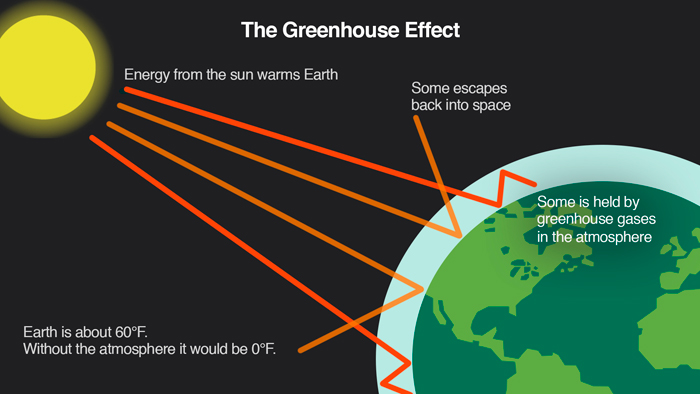
Source: Climate Central.
2 . What causes the greenhouse effect?
GHG emissions, and therefore the greenhouse effect, have increased due to several causes, including the following:
- Combustion of fossil fuels, biomass and wastes.
- Production and use of aerosols with a huge impact on the lifespan of clouds and precipitation, made of water vapour (a GHG) which reflects sunlight and cools the planet.
- Changes in land use such as forest clearing and burning (e.g., the Amazon) to be used in combustion, altering the surface albedo.
- Some farming activities such as enteric fermentation as a result of the digestive process of herbivores, the decomposition of livestock manure under anaerobic conditions (no oxygen), or irrigated rice crops.
- Anaerobic treatment of domestic and industrial wastewater.
- Aluminium smelting, manufacturing of semiconductors, and transmission and distribution of electrical energy, which emit the following GHG: PFCs and sulphur hexafluoride (SF6).
3 . What are the consequences of the greenhouse effect?
The greenhouse effect leads to climate change through an increase in global temperature. It triggers changes in marine currents, in atmospheric movements and terrestrial dynamics in general, such as rising sea levels, species displacements, species disappearance, changes in the water cycle, melting of polar ice caps, etc.
Furthermore, according to a report by the World Health Organisation (WHO), the greenhouse effect has exacerbated cases of malaria, salmonella infections and diarrhoea, causing dehydration and other intestinal infections in children.
Since 1750, human activity is estimated to have increased global warming with a radiative forcing of 1.6 W/m2.
4 . What are the major greenhouse gases?
The gases in the atmosphere that absorb infra-red radiation from the Earth or outgoing radiation are known as greenhouse gases (GHG). They include carbon dioxide, water vapour, nitrous oxide, methane and ozone. Furthermore, there are a series of artificial GHGs produced by humans, such as halocarbons (including CFCs, HCFCs, HFCs and PFCs) and other substances such as chlorine and bromine, regulated by the Montreal Protocol, except for HFCs, PFCs and SF6.
In terms of percentage, CO2 is the GHG which has contributed the most to a positive radiative forcing with 1.66 W/m2, followed by CH4 with 0.48 W/m2, tropospheric ozone with 0.35 W/m2, N2O with 0.16 W/m2 and some halocarbons.



